Translation services for UK Regulatory Compliance Documentation are essential for navigating strict legal and industry guidelines. Sectors like financial services, healthcare, and data protection demand accurate, culturally adaptable translations. Specialized providers employ native speakers, subject-matter experts, and advanced technologies to ensure accuracy, consistency, and compliance with standards like ISO 17100. Rigorous quality assurance processes, including peer review and machine translation post-editing, minimize errors. Industry-specific guidelines and continuous training further enhance the quality of these services, avoiding legal issues and maintaining consumer trust. Technological innovations in AI and ML are revolutionizing regulatory translations, ensuring peak compliance across diverse sectors.
- Understanding UK Regulatory Compliance Requirements for Documentation
- The Role of Accurate and Compliant Translations in This Process
- Common Challenges in Achieving Full Compliance During Translation
- Best Practices for Ensuring High-Quality, Regulated Translation Services
- Industry Guidelines: Essential Tools for Maintaining Standardization
- Techniques to Verify the Accuracy and Consistency of Regulatory Translations
- Case Studies: Examining Successful Strategies for UK Regulatory Compliance
- The Impact of Non-Compliance: Potential Risks and Consequences
- Future Trends in Technology Enhancing Regulatory Translation Compliance
Understanding UK Regulatory Compliance Requirements for Documentation
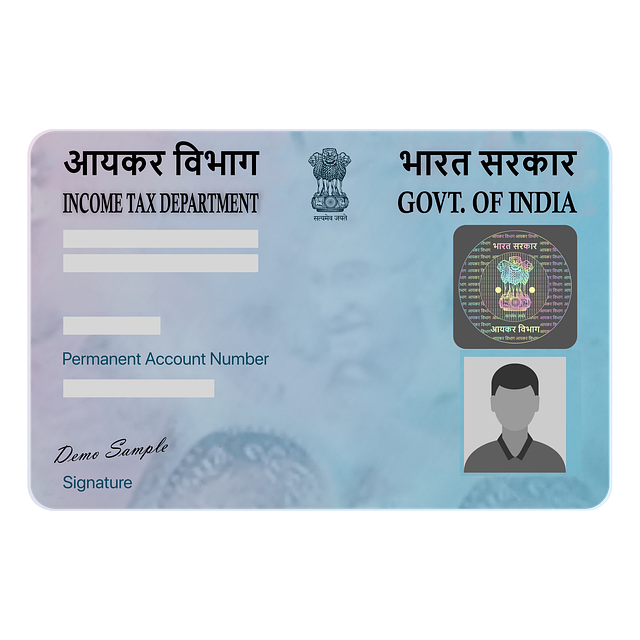
Understanding UK regulatory compliance requirements for documentation is crucial when seeking translation services for UK regulatory compliance documentation. The United Kingdom has a stringent framework of regulations that govern various industries, and ensuring your translations meet these standards is vital to avoid legal repercussions and maintain credibility. These guidelines cover a wide range of sectors, including financial services, healthcare, and data protection, each with its own set of linguistic and cultural nuances to consider.
Translation service providers specializing in UK regulatory compliance documentation must have a deep understanding of these requirements. They should employ translators who are native speakers or have extensive experience in the target language, along with subject-matter experts who can navigate complex terminology and ensure accuracy. Additionally, services should include thorough editing and proofreading processes to catch any subtle errors that could impact compliance.
The Role of Accurate and Compliant Translations in This Process
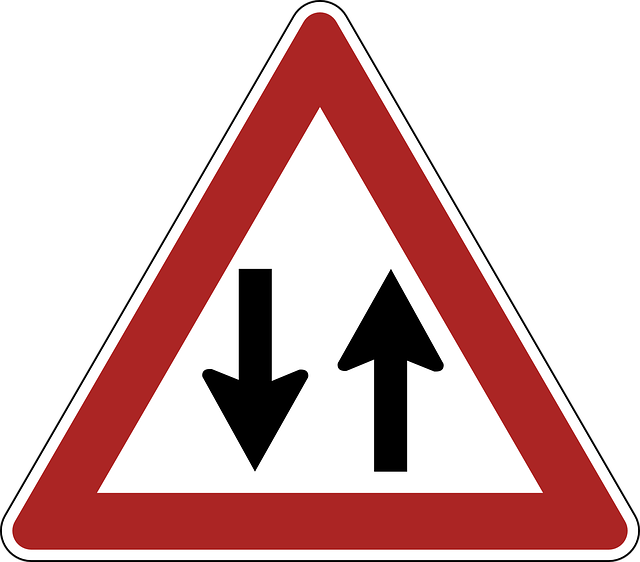
Accurate and compliant translations play a pivotal role in ensuring that UK regulatory documentation is both effective and legally sound. In industries where regulations are stringent, such as healthcare or finance, any translation error can have severe consequences. Professional translation services specialized in UK regulatory compliance documentation are designed to bridge this gap.
These services employ experts who not only possess deep knowledge of the source language and legal terminology but also stay updated with the latest industry guidelines and legislative changes. By adhering to standards like the International Organization for Standardization (ISO) 17100, these translations guarantee accuracy, consistency, and cultural adaptability. This ensures that documents like safety manuals, consent forms, or product labels convey the intended information accurately in the target language, thereby facilitating seamless regulatory compliance across markets.
Common Challenges in Achieving Full Compliance During Translation
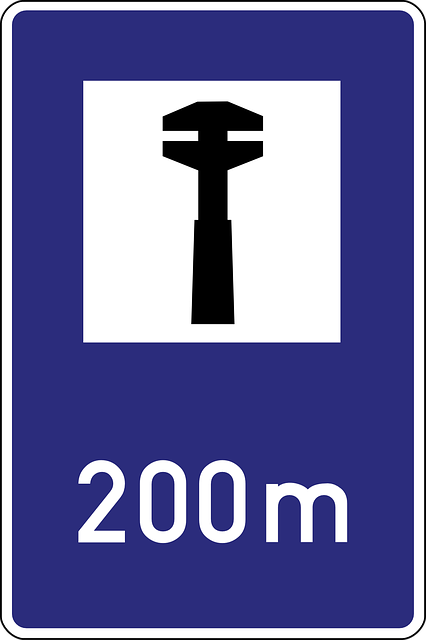
Achieving full compliance during translation for UK regulatory documentation can be fraught with challenges, especially given the intricate nature of legal and industry guidelines. One of the primary hurdles is ensuring accuracy in terminology, as even subtle variations can impact interpretation and lead to non-compliance. Translation services must have a deep understanding of both the source and target languages, along with access to up-to-date glossaries and style guides specific to regulatory documentation.
Another common challenge lies in maintaining consistency across lengthy documents and multiple revisions. Human error or inconsistent application of terms can creep in during the translation process, especially when dealing with complex subject matter. Advanced translation technologies, like machine translation (MT) combined with human review, can help mitigate these issues by providing quick turnaround times while guaranteeing accuracy and coherence throughout the document.
Best Practices for Ensuring High-Quality, Regulated Translation Services
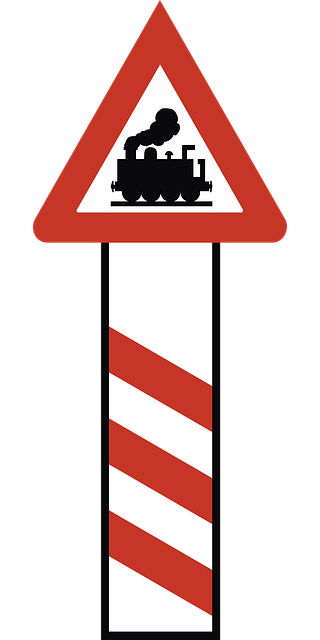
To ensure high-quality, regulated translation services for UK compliance documentation, several best practices should be implemented. First, engage professional translators who are native speakers and have expertise in your industry. This guarantees accuracy and ensures that terminology is consistent across all translated documents. Secondly, establish a rigorous quality assurance (QA) process that includes multiple rounds of review by both the translator and a dedicated QA specialist. This meticulous approach minimizes errors and maintains regulatory compliance.
Additionally, utilizing specialized translation memory (TM) tools can significantly enhance consistency. TMs store previously translated segments, enabling translators to access and reuse accurate terms and phrases, thereby reducing turnaround time and maintaining quality standards. Regular training sessions on industry-specific terminology and regulatory updates are also vital. Staying abreast of the latest guidelines ensures that your translations remain up-to-date and compliant with evolving regulations.
Industry Guidelines: Essential Tools for Maintaining Standardization
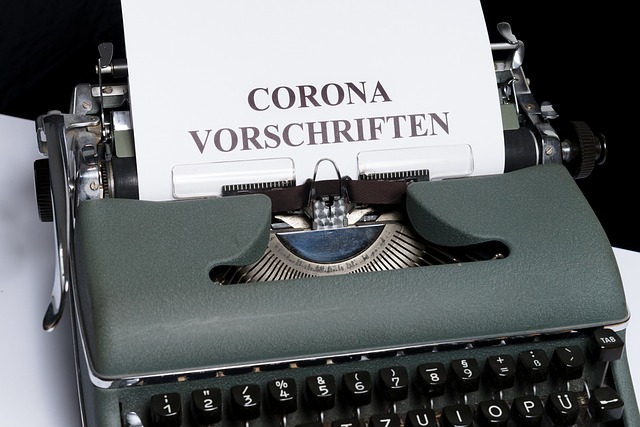
Industry guidelines play a pivotal role in ensuring consistent quality and accuracy in translation services for UK regulatory compliance documentation. These guidelines are comprehensive sets of standards developed by industry experts, aiming to maintain a high level of professionalism and standardization across the market. They cover various aspects, including language usage, terminology consistency, cultural nuances, and legal requirements specific to the UK regulatory landscape.
By adhering to these guidelines, translation service providers can offer reliable and consistent outputs. It enables them to create precise translations that not only meet but exceed industry standards. This is particularly crucial in the realm of regulatory documentation, where even minor errors or discrepancies can have significant implications. Therefore, translating compliance documents with reference to these guidelines ensures a robust framework for effective communication across languages while navigating complex legal territories.
Techniques to Verify the Accuracy and Consistency of Regulatory Translations
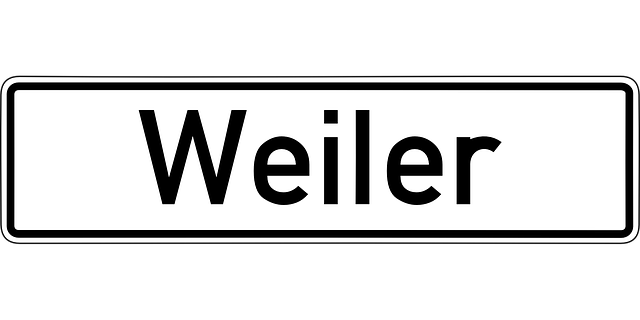
Ensuring the accuracy and consistency of translations in regulatory documentation is paramount for UK compliance. One effective technique involves utilizing industry-specific terminology databases, which allow translators to access up-to-date glossaries tailored to the sector. This not only guarantees the correct usage of technical terms but also maintains a uniform language standard across different regulatory documents.
Additionally, implementing quality assurance processes such as peer review and machine translation post-editing can significantly enhance accuracy. Peer reviewers, with their domain expertise, can catch subtle errors or inconsistencies while machine translation tools help maintain efficiency by identifying potential issues in the initial output, ensuring that final translations are precise, clear, and compliant with industry guidelines for UK regulatory documentation.
Case Studies: Examining Successful Strategies for UK Regulatory Compliance

Successful strategies for achieving UK regulatory compliance in translation services are evident in various case studies across industries. One prominent example involves a pharmaceutical company that faced the challenge of translating complex clinical trial documents while adhering to strict industry guidelines. They partnered with a specialized translation agency, employing linguists with medical expertise. The agency implemented a robust quality assurance process, including peer review and terminology management, ensuring accurate and consistent translations. This strategy not only met but exceeded regulatory expectations, demonstrating the power of combining subject matter expertise with rigorous translation protocols.
Another case highlights the importance of localization in financial services. A global bank required UK-specific translations for its customer agreements and marketing materials to comply with local regulations. By leveraging native English translators and extensive cultural knowledge, the translation service provider crafted content that resonated with British audiences while maintaining regulatory adherence. This approach underscored the significance of adapting translations to regional nuances, ensuring effective communication and compliance.
The Impact of Non-Compliance: Potential Risks and Consequences
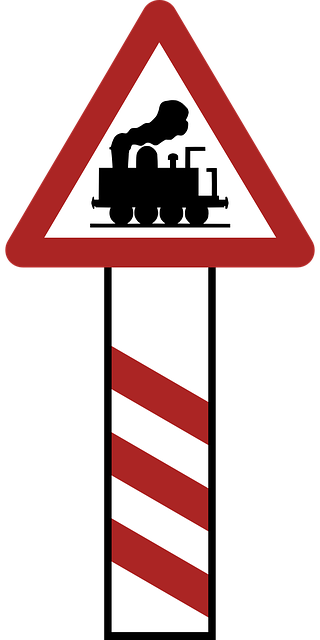
Non-compliance with industry guidelines for UK regulatory translations can have significant impacts and potential risks, especially in highly regulated sectors. When translation services are not up to standard, it can lead to errors or misinterpretations in critical documentation such as safety protocols, legal agreements, and medical device labels. These mistakes may result in severe consequences, including financial penalties, loss of consumer trust, regulatory action, and even legal liability for the organization responsible.
For example, in the healthcare industry, inaccurate translations could cause confusion about medication instructions or medical procedures, posing direct risks to patient safety. Similarly, in financial services, mistranslations of risk disclosures or terms and conditions can leave clients vulnerable to unfair practices or misunderstandings. To mitigate these risks, organizations must ensure that their translation service providers are fully compliant with relevant guidelines, employing qualified translators who understand the nuances of the source and target languages and industries. Translation services for UK regulatory compliance documentation should also incorporate rigorous quality assurance processes to verify accuracy and consistency across all translated materials.
Future Trends in Technology Enhancing Regulatory Translation Compliance
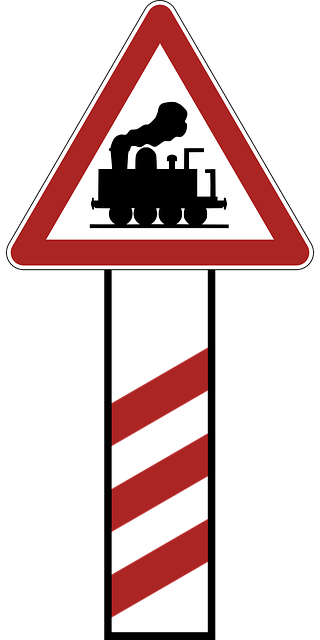
The future of regulatory translation compliance is set to be shaped by technological advancements, offering enhanced precision and efficiency in meeting industry guidelines. Artificial Intelligence (AI) and Machine Learning (ML) are poised to revolutionize this domain. These technologies can analyze vast amounts of data, including previous translations and relevant regulatory texts, to provide accurate and contextually appropriate suggestions for compliant language use. By leveraging AI, translation services for UK Regulatory Compliance Documentation can streamline processes, reduce human error, and ensure consistency in tone and terminology.
Moreover, advanced machine translation (MT) engines, combined with post-editing by expert linguists, will play a pivotal role in meeting the stringent requirements of regulatory texts. The ongoing development of neural machine translation models promises more accurate and fluent translations, minimizing the need for extensive rewrites. This evolution towards smarter technology ensures that translation services can keep pace with changing industry standards and legislative updates, maintaining the highest level of compliance across diverse UK regulatory domains.
Ensuring compliance with UK regulatory requirements for documentation is paramount, especially in dynamic industries. Accurate and compliant translations play a pivotal role in navigating this complex landscape. By addressing common challenges and adopting best practices, organizations can effectively manage the process. Industry guidelines serve as indispensable tools for maintaining standardization, while emerging technologies further enhance compliance. When selecting translation services for UK Regulatory Compliance Documentation, it’s crucial to partner with experts who understand these nuances, ensuring not just accuracy but also adherence to evolving industry standards.
